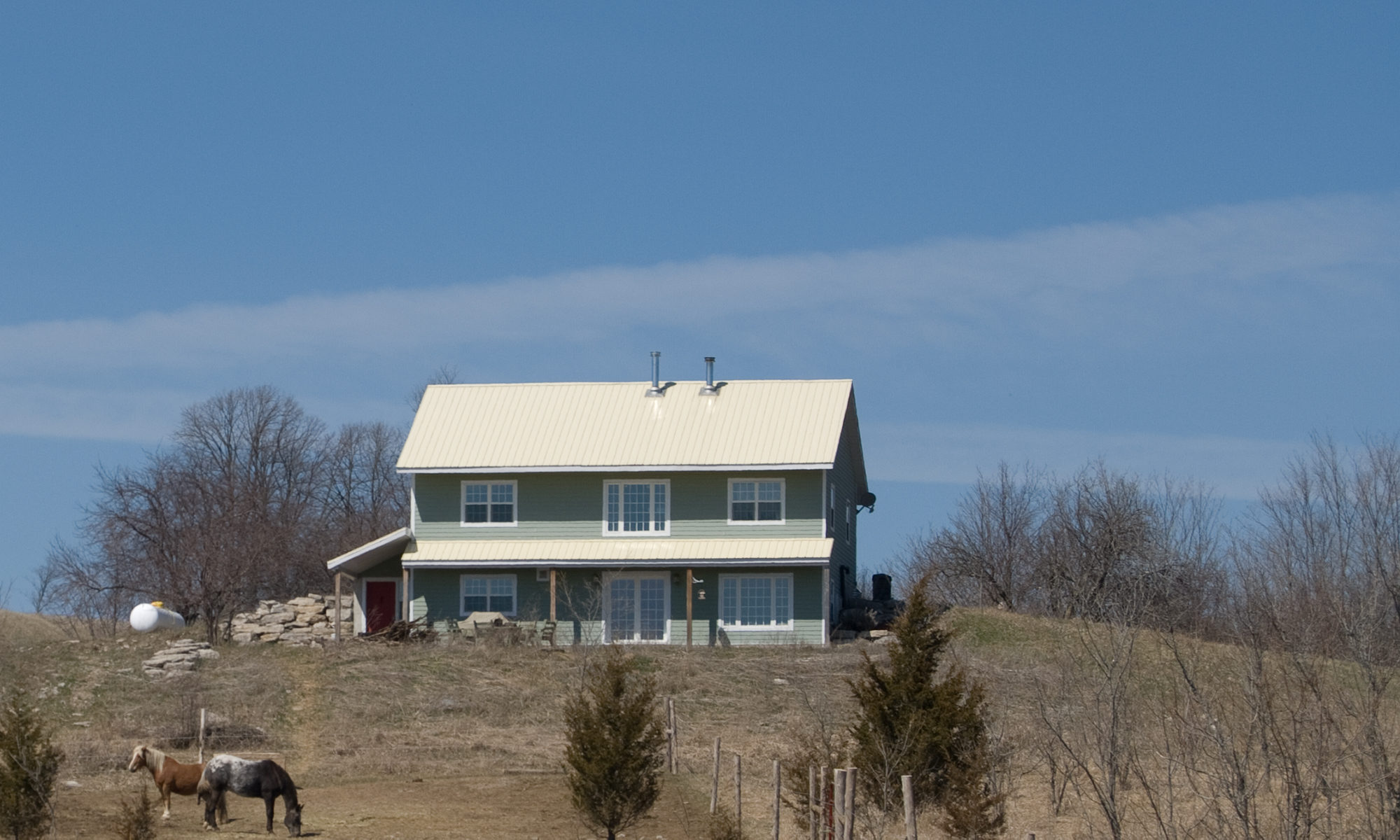When looking at environmentally friendly products there is always a compromise involved. For example in the production of Oriented Strand Board (OSB) they can use small weed tree species for the wood, but they have to use a lot of the phenol formaldehyde resin, which when traced back to its components is usually made from fossil fuels (natural gas and other hydrocarbons). Plywood on the other had uses larger trees, but the entire tree is used and there is a lot less resin used. So on one side, when you use plywood you have to use more wood, but it is a renewable resourse. On the other hand when you use OSB, you use smaller trees, but you have to use more fossil fuels in its production.
There is always a compromise when selecting a building material. Some will be made from more renewable resources, such as wood, but will be causing the cutting of forests. Others will use non-renewable resources, such as concrete, but will not rot and if properly built and maintained, could last for thousands of years. A decision must be made that will take into account the environmental costs of a material versus the appropriateness and the longevity of the product.
An example from my own house is the siding. The options that were considered were natural wood, vinyl and fibre cement board. The advantage of wood was that it is a renewable resource. The disadvantages are that it requires the cutting of fairly large trees, and it requires regular refinishing, and will eventually rot. The second option was vinyl which has the advantage of being inexpensive. In terms of the environment, vinyl is a disaster both in the manufacture and disposal (watch Blue Vinyl). During the manufacture of vinyl there are a number of toxic chemicals released into the environment, and after manufacture, if it is burned, it produces dioxins and a number of other toxic fumes. Fibre cement board is made of concrete and fibre, so it has a fairly high embodied energy, but it does not require refinishing as often as wood and will never rot, so should last as long as the house. Fibre cement board has the added advantage of being fireproof, and so will increase the saftey and possibly the longevity of the building.
When looking at a material for building, all the environmental factors need to be taken into account such as the production of the material, how far it is transported, the longevity of the material and if the material can be recycled at the end of its useful life. Only once you have considered all the factors in the lifespan of a material can you make a valid choice as to which product is the right product for your situation. There will always be a compromise involved in chosing a material, and sometimes what appears to be the best choice on the surface can be shown to be less than optimal when all the factors are taken into account.

A Resource for Sustainable Building in Canada